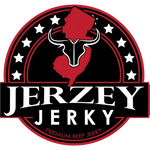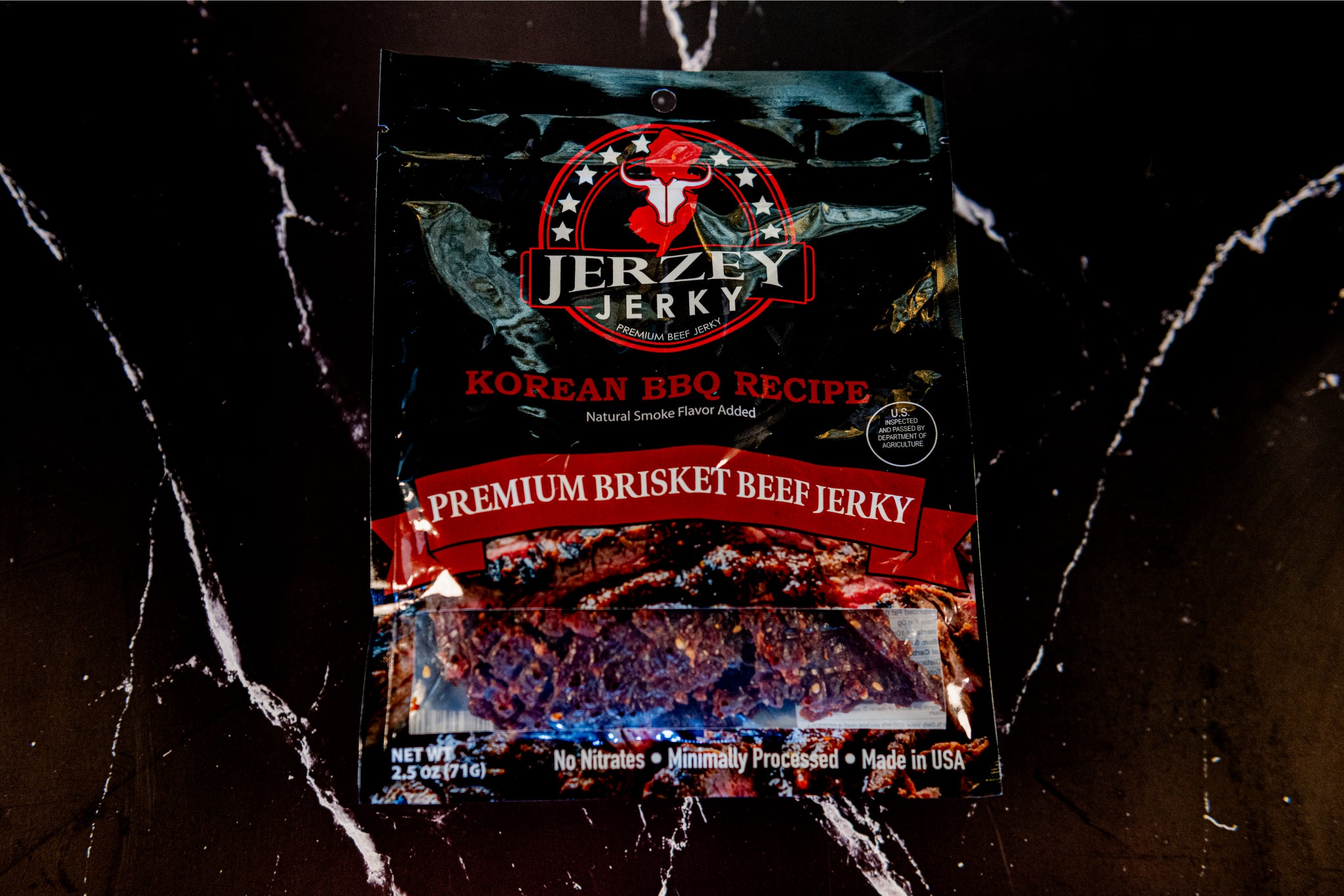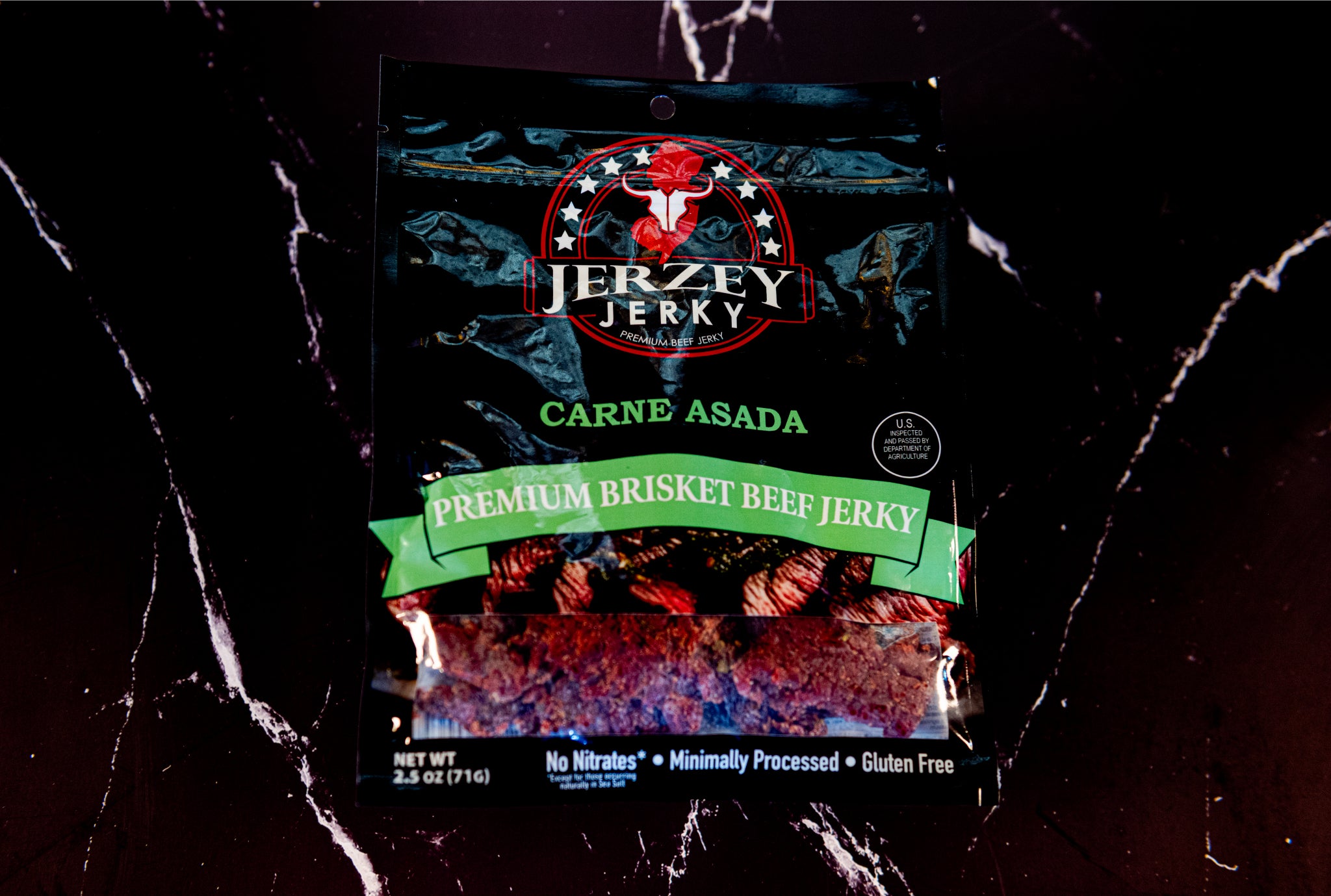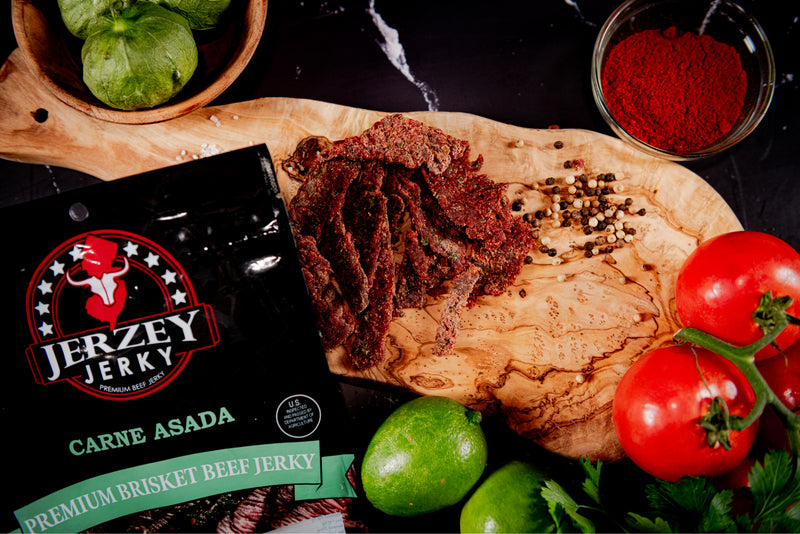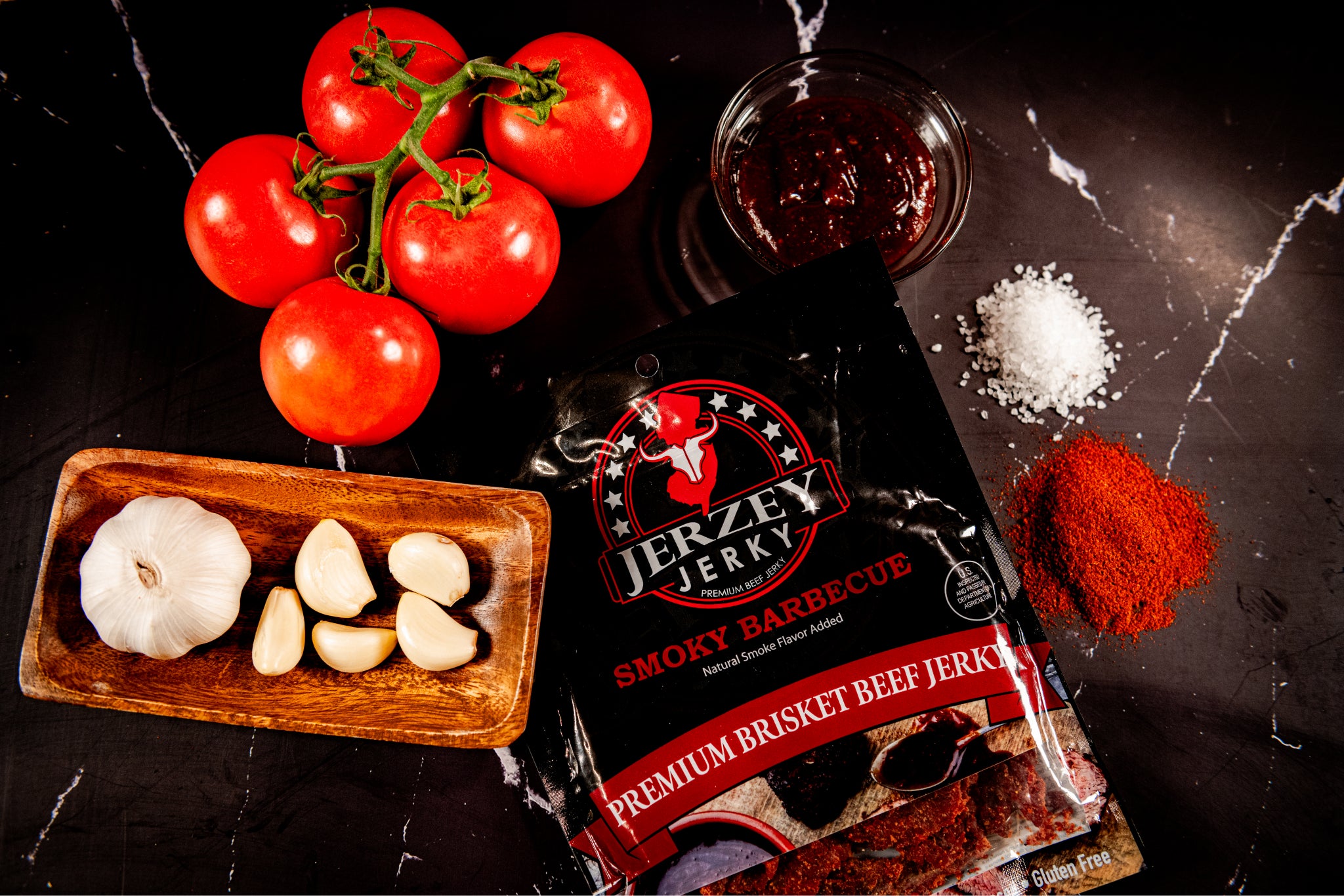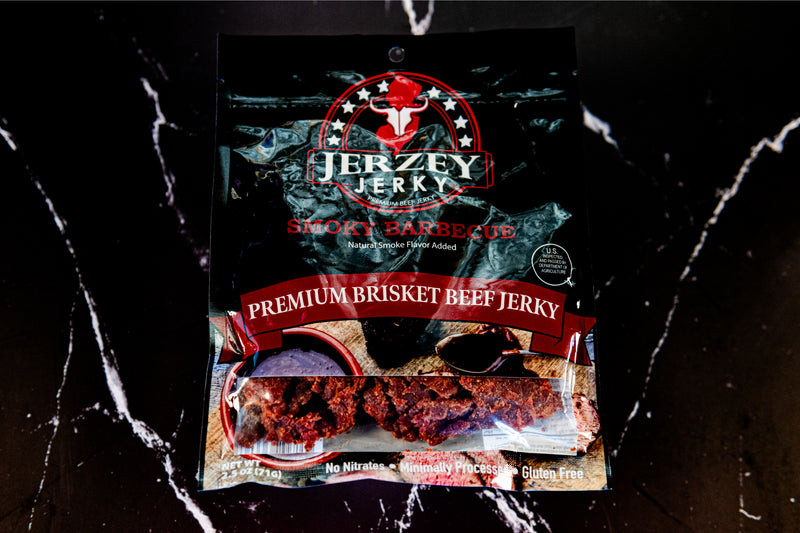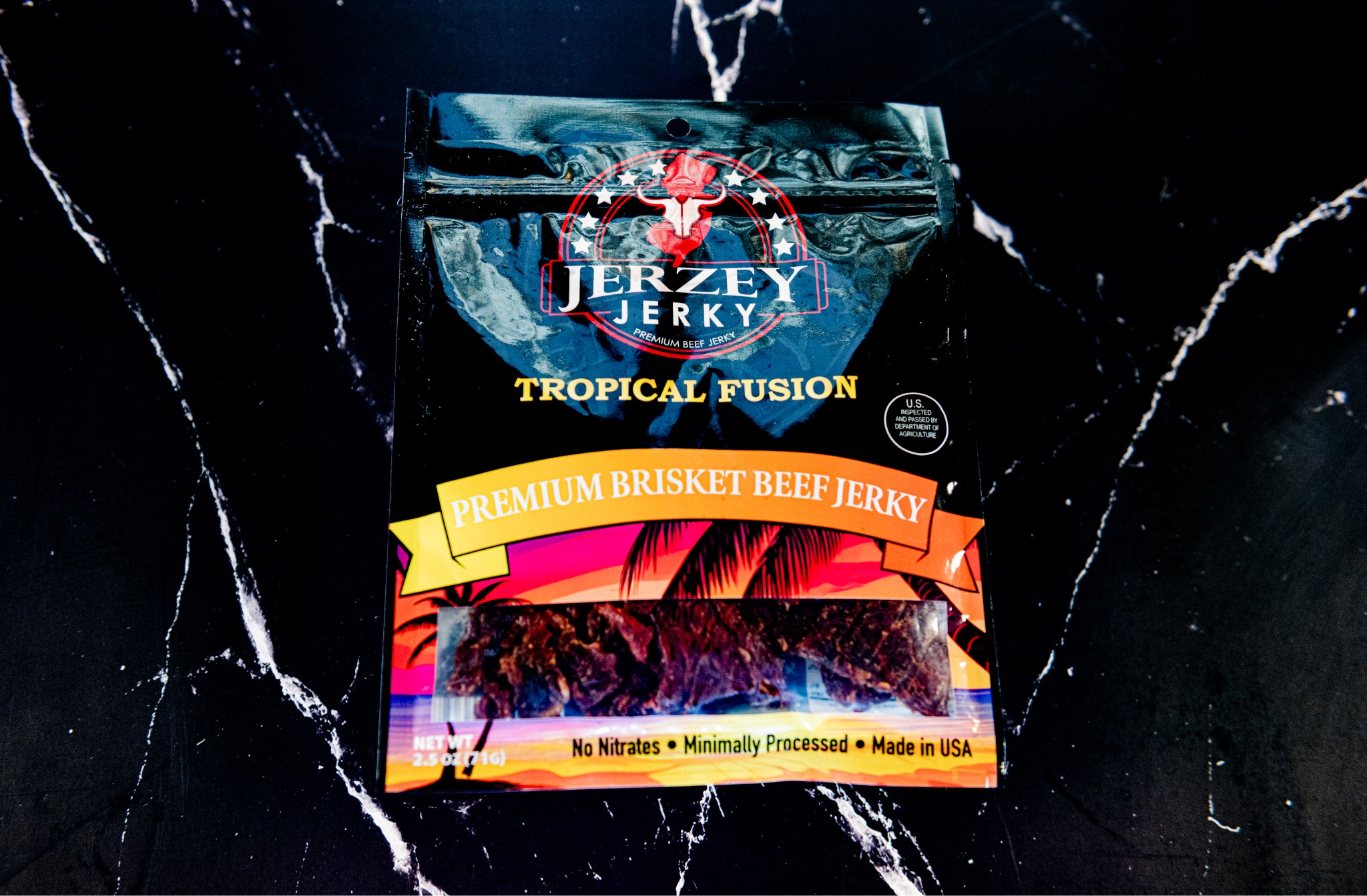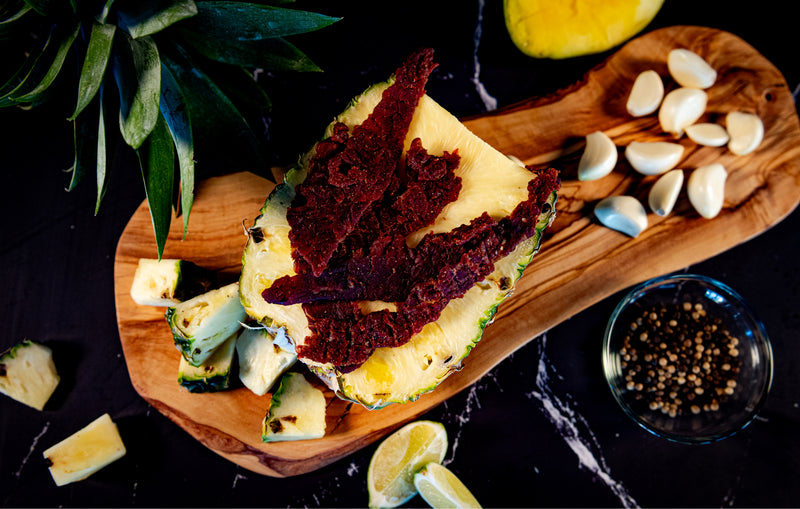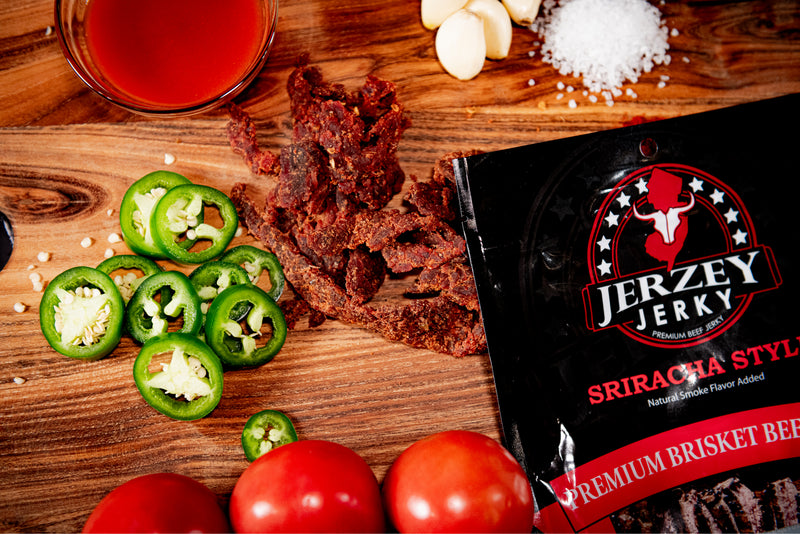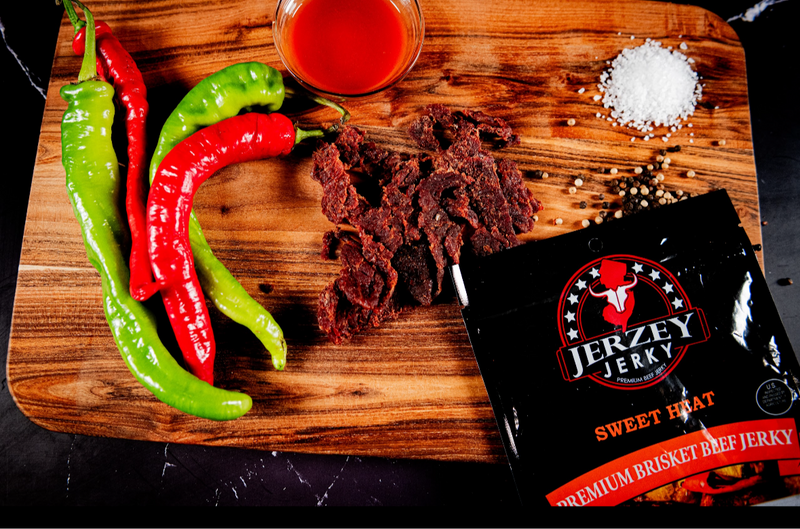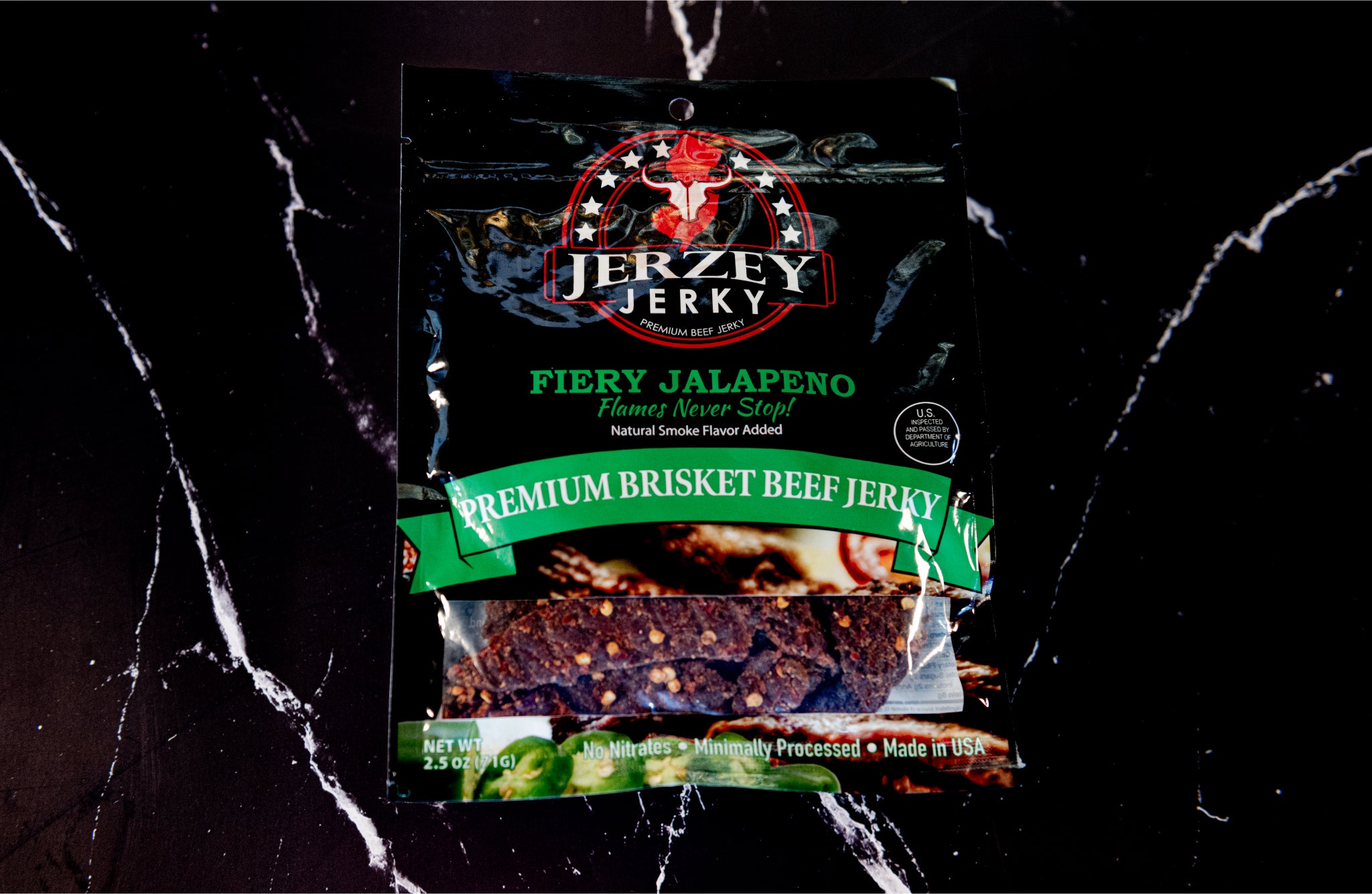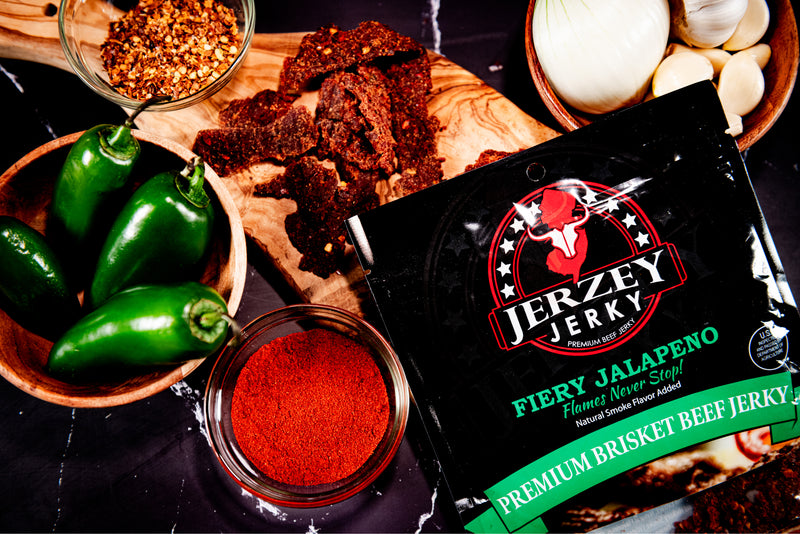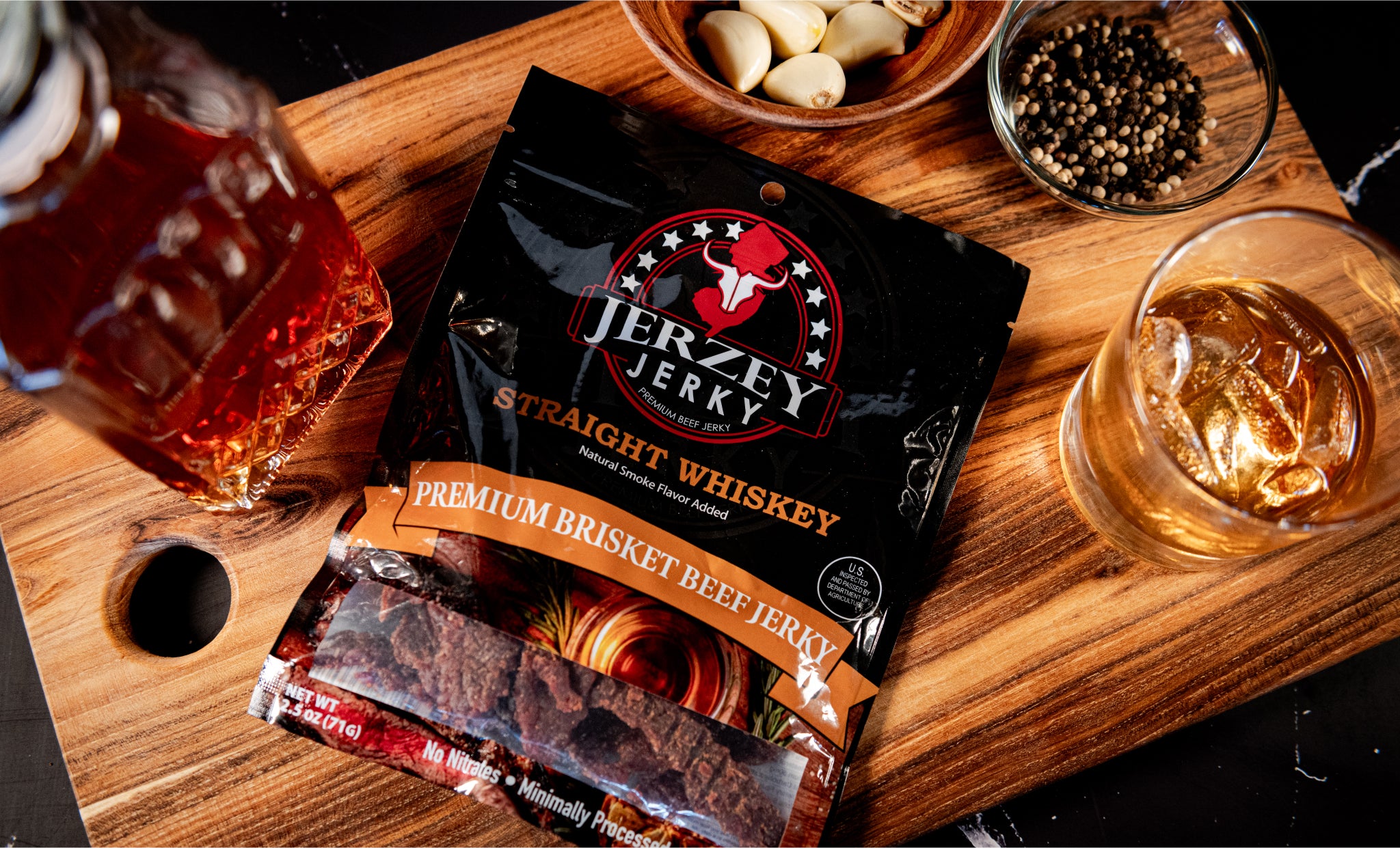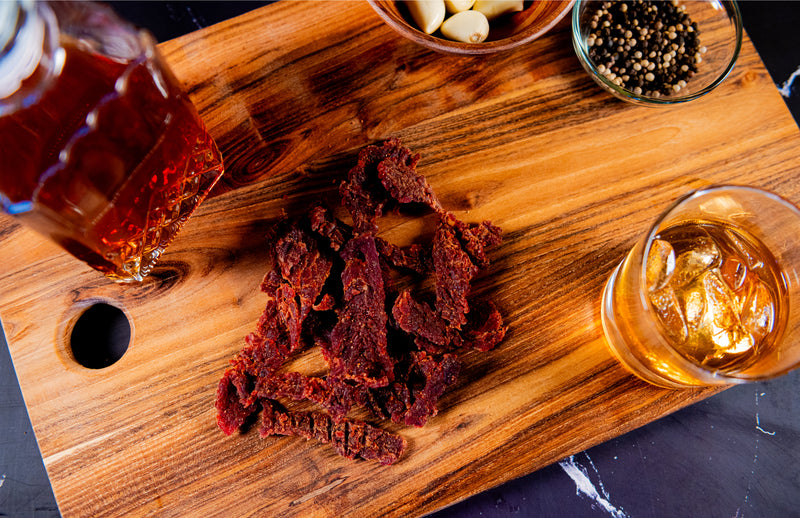
Beef: Types, Cuts, Processing and Cooking Methods
Beef is made from the meat of cattle. It is a culinary term and is an effective source of minerals, vitamins, and proteins. Different parts of the meat, known as primal cuts, have different characteristics. The myoglobin in the muscles of beef holds oxygen, which causes the beef to turn red. The juiciness and tenderness of the beef are due to marbling in the muscles. The flavor is further enhanced by aging under optimized conditions.
What are the Types of Beef by Cattle Breeds?
There are ten most common types of beef varying by cattle breeds:
- Angus: It first appeared in the Scottish region of Angus and Aberdeenshire. It is well-known due to its fine texture, rich and deep flavor, and high marbling. The juiciness and tenderness are due to the fat content in the muscles of the cow. The Angus cow is docile and adaptable to every changing climate easily. Their color is black, and they also have the red Angus strain. It is most commonly used for steaks and the high-end restaurant trade.
- Hereford: Due to the increase in beef demand from Britain’s Industrial Revolution in 1700, it was developed in Herefordshire, England. This beef is prized for its high marbling(less than Angus) and fine grain. Farmers selected Hereford for its efficient conversion of forage to beef quality. This characteristic makes them ideal for pasture-based operations. It has a red body color with a white face and is used for roasts and steaks.
- Wagyu: The word Wagyu means Japanese cow, and its history is 35,000 years old. It is known for its high marbling quantity, which gives it a buttery and melt-in-the-mouth texture. The marbling fat content of the wagyu cow is healthier than other fats, and it has a lower melting point. These cows are fed a high-energy diet for an extended period.
- Brahman: This cow originated in 1885 in the US by crossbreeding with indian cattle like Nullere, Gir, and Guzre. These are highly tolerant of heat and parasites. Brahman cows have a grass-fed flavor and are leaner and tougher than other cows. These cows are often crossbred with Angus and Hereford to improve the quality of beef in hot climates.
- Charolais: It is the oldest French cattle breed and gained a high reputation in the 16th and 17th centuries. It has high muscularity, leaness, and fine texture. It is less marbled than Angus and Wagyu but still holds good texture and tenderness. Charolais strains vary from red to black and have light tans.
- Limousin: This breed originated from the harsh winter areas of France. It is known for low cholesterol, fine granins, and saturated fat characteristics. Limousin has a high meat-to-bone ratio in its higher-end cuts. The color of Limousin is reddish gold with a lighter color around the muzzle and eyes.
- Simmental: It is known for both meat and milk, and originated in Switzerland. It produces a well-carcass with lean muscles and marbling fat content. It is known for its rich flavor and color. It is also valued due to its mothering traits and docility. The long length of its body allows the consumer to choose different cuts.
- Highland Cattle: It is the Scottish breed and has a tough structure due to the harsh environment. Highland cattle are low in cholesterol and fat, as they feed on low-quality forage for years. They appear with wavy coats and long horns.
- Shorthorn: Originated in the northeastern England in 1700. It is mature and docile with fine flavor and good marbling. Crossbreeding for shorthorn cattle with other cattle breeds is also common.
- Belgian Blue: It was developed in Belgium, known for its extreme muscularity. The double muscle of Belgian Blue is due to a genetic mutation. It is leaner and tenderer than other breeds, but the double muscling needs a caesarean section to use in purebreds.
Shop the best-selling Fiery Jalapeno Beef Jerky - Brisket & Straight Whiskey Beef Jerky - Brisket
What are the Beef Cuts (Primal & Subprimal)?
Beef cuts are of eight types, depending on the location of the cut:
- Chuck Beef: It comes from the neck, shoulder, and upper arm areas of the cattle. Chuck beef is tougher than the cuts, as it is a well worked area. It has too many connective tissues and a rich, beefy taste. Slow-cooking methods such as stewing and braising are mostly used for chuck beef cooking.
- Rib Beef: It is obtained from the rib section of the cow, especially the sixth rib out of twelve ribs. It has an extreme level of tenderness and juiciness due to high intramuscular fat. Rib beef is mostly used in dry-cooking methods like roasting, pan-searing, or grilling. The subprimal cuts involve back ribs and ribeye rolls.
- Loin Beef: It is located on the back of the cow, above the flank of the cow. It is more tender and juicy than other cuts of beef, which makes it more expensive. In order to preserve its tenderness, high-heat cooking methods are preferred.
- Round Beef: It comes from the hind rumps and legs of the cattle. These are the well-exercised muscles that make it firm, but it still has a good beefy flavor. Marinades are used to enhance their tenderness in the slow cooking methods like roasting and braising.
- Brisket Beef: Brisket is the breast section of the cow, below the chuck section. These cuts of beef are ideal for barbecue because of their abundant connective tissue. The fat melts down during cooking, which makes the final product more juicy and tender. Smoking and braising are used to break down the tough connective tissues to enhance their tenderness.
- Plate Beef: It is located beneath the rib primal section under the belly of the cow. These are somewhat tough cuts and are tougher, including short ribs. Quick grilling or braising is used for skirt steak cuts or ground beef cooking.
- Flank Beef: It is a longer and flat cut that comes from the abdominal muscles of the cattle. The prominent muscle section causes toughness in this cut, which makes it versatile and affordable. It is sliced into thinner cuts to increase its tenderness during high-heat cooking. It is best for marinating and quick grilling cooking methods.
- Shank Beef: Shank cut obtained from the leg section of the cow, which makes it tough and lean. It contains bone and connective tissues. It is commonly used in the Italian dish Osso Buco. The bone marrow creates a deep and rich flavor while cooking. It works best with moist, slow-cooking methods like stewing or braising.
What are the Beef Processing & Preservation Methods?
Here are six preservation and processing methods for beef:
- Dry Aged Beef: It is a process in which larger cuts of beef, like sirloin or ribeye, are stored uncovered in a refrigerator. Let it rest for several weeks; connective tissues in beef are broken down by the naturally occurring enzymes. It results in tender and juicy beef.
- Wet Aged Beef: In this aging process, the beef is aged in its own juices, as it is packed in a vacuum-sealed bag. Connective tissues are broken down by their own enzymes, but without moisture loss. As there is no moisture loss, flavor does not intensify. It is a cost-effective and faster method of cooking.
- Ground Beef: The cuts of beef are divided into smaller parts using a grinder. The final lean-to-mass ratio is like 80/10 or 90/10. It is used in different dishes like tacos, burgers, and meatloaf.
- Corned Beef: It is named due to the large salt crystals, “corns,” which are used in the cooking process. Corned beef comes from the brisket section of the cattle. It is injected with pickling spices and nitrates, which give it a significant pink color.
- Smoked Beef: It uses wood smoke and low indirect heat to enhance the flavor of beef. The smoker is set to a low temperature, and the beef is placed in it for a longer time to increase its tenderness and flavor. It is most commonly used for barbecues.
- Cured Beef: It is a technique that is used for curing beef with salts and liquids. A dry paste of spice and salt is applied directly to the beef, or it is placed in a liquid solution of brine. Cured beef has a concentrated flavor and a long shelf life.

What are the Cooking Methods for Beef?
Cooking methods of beef are nine, which are given below:
- Sous Vide Beef: This technique cooks beef in a water bath set to a controlled, precise temperature. The beef becomes cooked edge to edge at a good doneness level. The beef is seared in a hot pan afterward, giving it a flavorful, golden-brown crust.
- Grill Beef: It’s cooked over direct heat, whether on gas, an open flame, or charcoal. The exterior becomes brown with prominent grill marks on it.
- Roast Beef: An oven is used to roast larger and tougher cuts of beef evenly. Initially, the temperature is set high to brown the exterior side and then gradually slows down to cook it properly from the interior. It is best for tenderloin, sirloin, or prime rib cuts of the cow.
- Braised Beef: This method involves both moist and dry heat. It is heated at a high temperature to create a crispy flavor crust and then at a low temperature to cook it properly.
- Stew Beef: The beef is cut into pieces and then seared in a pan, following the liquid submerge process. It is similar to braising, but the beef is in the form of cubes.
- Stir Fry Beef: It is based on a small amount of oil, high heat, and continuous movement in a skillet or oven. Leaner cuts are used in this quick heating method to enhance the tenderness of the beef.
- Pan Sear Beef: In this cooking method, high heat is used to sear beef in a hot pan. It develops a crispy, brown exterior and tender, juicy interior. It is best for tender cuts and steaks of different thicknesses.
- Broiled Beef: A Broiler is used to heat beef, in which heat comes from the top. High heat cooks one side of the beef at a time. Tender steaks or skirt steaks are mostly used for broiling.
- Slow Cook Beef: The Stewing and braising technique is used for slow cooking. A crockpot is used to cook beef for a long time. Longer and tougher cuts of beef are heated in moist heat to break down connective tissues.
What are the Sourcing & Quality Labels for Beef?
These seven are the quality and sourcing labels for beef:
- Grass-fed beef: The source animal is fed on grass in a more sustainable environment. It contains a greater amount of conjugated linoleic acid, omega-3 fatty acids, and Vitamin E. Grass-fed beef cuts are leaner than the grain-fed beef.
- Grain-fed beef: When animals start their diet from grass but end on a high-energy, unnatural diet, it is known as grain-fed beef. It has a more tender and juicy texture due to a larger amount of marbling in it.
- Organic Beef: It is an animal that is labeled with a USDA organic certificate. This certificate covers the whole life of the animal. The animals need to be raised on a proper 100% natural grass diet, without synthetic pesticides, antibiotics, or added hormones.
- Free Range Beef: It is concerned with the lifestyle of the beef. These cattle are free to graze, roam, and adopt natural behaviors.
- Pasture-raised beef: It is often used in place of grass-fed beef. In this technique, the beef is raised on a high-energy diet in winter due to the shortage of forage.
- Antibiotic-Free Beef: It is a USDA-labeled animal that ensures the animal has not been given any antibiotics in its whole life.
-
Hormone-Free Beef: It indicates that the animal is raised without using any hormones to speed up its growth. Use of synthetic hormones is a concern for fewer users, and it ensures that the synthetic hormones are absent in the beef cuts.
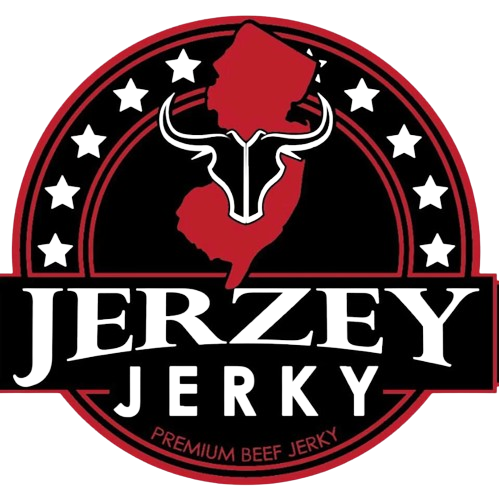
 2025-09-28
2025-09-28
 Wayne Holland
Wayne Holland

